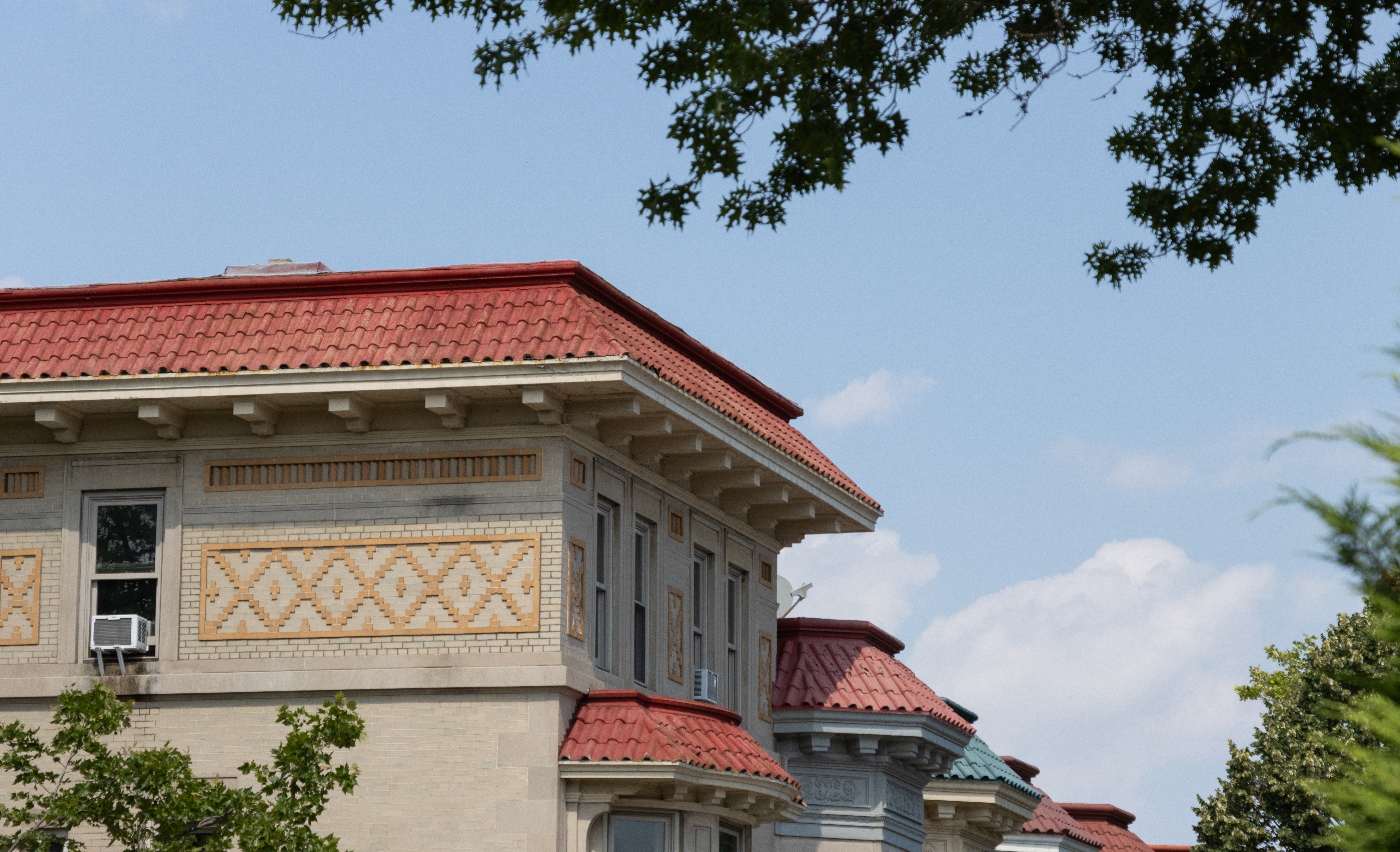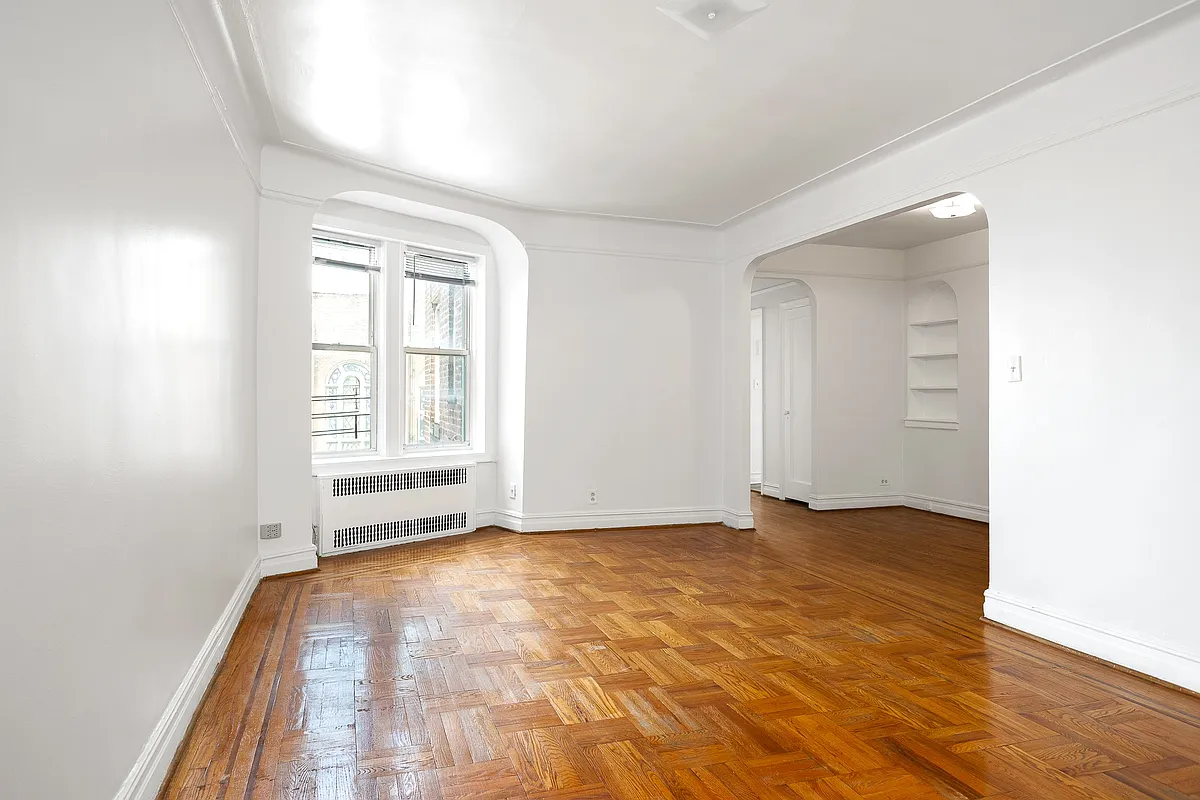Local Groups Hit Atlantic Station to Push Ravitch Plan
Faced with a $1.2 billion deficit, the MTA has threatened to hike fares from $2.00 to $2.50 and institute severe cutbacks to outer-borough service; in Brooklyn, which would be particularly hard hit, the M train would lose 28 rush hour trains and the Z train would be eliminated altogether. In the face of this crisis,…


Faced with a $1.2 billion deficit, the MTA has threatened to hike fares from $2.00 to $2.50 and institute severe cutbacks to outer-borough service; in Brooklyn, which would be particularly hard hit, the M train would lose 28 rush hour trains and the Z train would be eliminated altogether. In the face of this crisis, several groups set up shop in the Atlantic-Pacific station to urge riders to let Governor Paterson know that they support the recommendations of the Ravitch Commission (which include a toll on East River bridges). Citywide groups NYPIRG Straphangers Campaign, Environmental Defense Fund, Regional Plan Association, Transportation Alternatives and the Tri-State Transportation Campaign joined the Brooklyn-based UPROSE, Pratt Center and Downtown Brooklyn Partnership in handing out fliers and collecting signatures on a giant plea to the governor.





First of all, the subway map is not geographically accurate or to scale. It is a very long walk to Lexington Avenue from First.
My point is that those wide swaths of Queens and SE Brooklyn don’t “need” a subway as badly because there aren’t as many people living there. Thousands of people (maybe tens of thousands!) live within a five minute walk from Second Avenue and 72nd street, whereas in most of the areas you refer to, the number is in the hundreds at best.
Putnam, I don’t know why you limited my comment to subways when I clearly said subways and buses. Buses are worse for fare-jumping are they not? And that figure was pulled (admittedly from memory) from a story last year where they surveyed fare evasion on some bus routes.
But what do I know, I’m not even at the primate level. I’d better get on to those cities in Europe with free public transportation and tell them the whole thing is plain silly.
I’m going to admit up front here that I am talking out of my ass with no real numbers to back me up. Sorry for that, but I have to agree with bxgirl. Simply looking at the subway map on the MTA site, there is an obvious huge blank in the middle of Queens and southeast Brooklyn where there is not a subway line in sight let alone walking distance, as opposed to those on the far east side of Manhattan.
( http://mta.info/nyct/maps/submap.htm )
I don’t know the specific names of those neighborhoods, but just look at the map and need seems to be more obvious in those areas as opposed to a 2nd Ave. subway.
As for the statement that a “high-enough demand for transit does not exist” in other areas, I tend to think that those living on the upper east side of Manhattan simply have more pull in terms of getting what they want as opposed to those in the ‘hoods I refer to on the subway map. Again, I have no numbers, etc to back me up on this, but it’s just my $.02
I would much rather see a .50 increase on subway fares than tolls on the bridges. I don’t have a car but I do take a cab about three times a week. The fare hike will cost a dollar more a day for a roundtrip. Let’s say the average person rides the train 14 times a week…that’s $7. 3 cab rides through the tolls a week will cost $24. Is the proposed toll just to enter manhattan or is it both ways? Plus do you really think if they put tolls on the bridges instead of the fare hike that there will never be a fare hike again? Once they get those tolls up an running they’ll be ready with a new reason to bleed you.
The point I was making way back at the beginning of this thread was that Dittoburg is just making it up when he claims one quarter of all subway users are jumping the turnstile. And in fact NYers pay a far higher percentage of the ride through the fare than do those in other systems (i.e. get less of a subsidy from the city/state).
That said, designated bus lanes and pre-boarding paying for buses are a much more cost effective way of moving people around than new subway lines, albeit much less sexy.
The Second Avenue line is in no way short sighted, because it serves a very real need…the need for the hundreds of thousands of people on the Upper East Side and East Harlem to get to jobs/entertainment/whatever further downtown.
Manhattan is a place with people too, ya know. It is inconvenient for people who live on First Avenue and 103rd street to walk all the way across to Lexington to the subway just to have to let several trains pass by because they are too crowded, and then have their train crawl through the tunnel because of delays.
Places in the outer boroughs that are under-served are under-served because, unfortunately, a high-enough demand for transit does not exist. They mostly don’t have the density to support frequent subway service, and even if they do, it’s no match for the kind of density (and therefore, riders) near Second Avenue.
You STILL haven’t named a specific neighborhood (or area, even) that you’d like to see better service in, and that is why your argument holds no water. How are we supposed to compare “inconvenience” and “waste” when you are talking about GENERALLY improving service in a GENERAL area of the city (outer boroughs) when I am talking about a SPECIFIC improvement in a SPECIFIC area?
11215- I have been on the 2/3/4/5/6/7 and all the alphabet lines (Not the Z, however). And I explained that thinking in the short run is a mistake. There are millions of people in the outer boroughs who depend on mass transit- and while it is less densely packed than Manhattan, it is far more inconvenient and wasteful and underserved. I see no reason to spend billions on a line that only serves Manhattan while the rest of us go wanting. We pay taxes too, ya know.
I also remain a little skeptical about the benefit of the 2nd Ave. line- no one hass even looked at the new light rail systems that would have been far less expensive and perhaps would have allowed a better use of those billions than digging into bedrock. Your argument doesn’t hold water. Its all to the benefit of Manhattan at the cost to the other boroughs.No surprise there.
bxgrl, you still haven’t provided an example of where in this city a transit improvement would serve more people. no, i have not been on the A during rush hour, have you been on the 4/5/6? There is no way it even BEGINS to compare. The 4/5/6 alone carry more people than the ENTIRE Washington Metro. Maybe one or two A trains per rush hour might be packed…every single 4/5/6 (and they come almost every minute) is full. And yes, those trains are packed up in the Bronx before they even get to 125th street. The second avenue subway will benefit those riders too, because their 4/5/6 trains will be less crowded and will have fewer delays, AND they will be able to transfer to the Second Avenue Subway as an alternative. What do you mean it’s merely for convenience’s sake? Just because it only runs in Manhattan? Like people in Manhattan don’t need to get to their jobs as well?
And Pete, it’s a word doc, unfortunately, but it lays it all out pretty well:
http://www.fta.dot.gov/documents/NY3AA.doc
A “cost of policing it” issue?